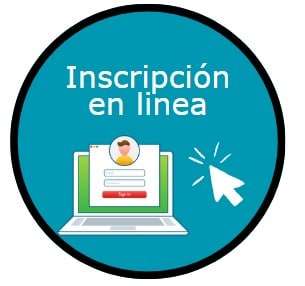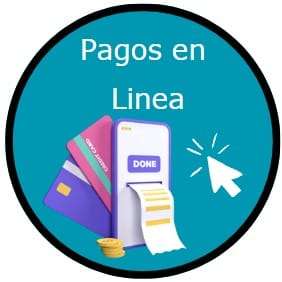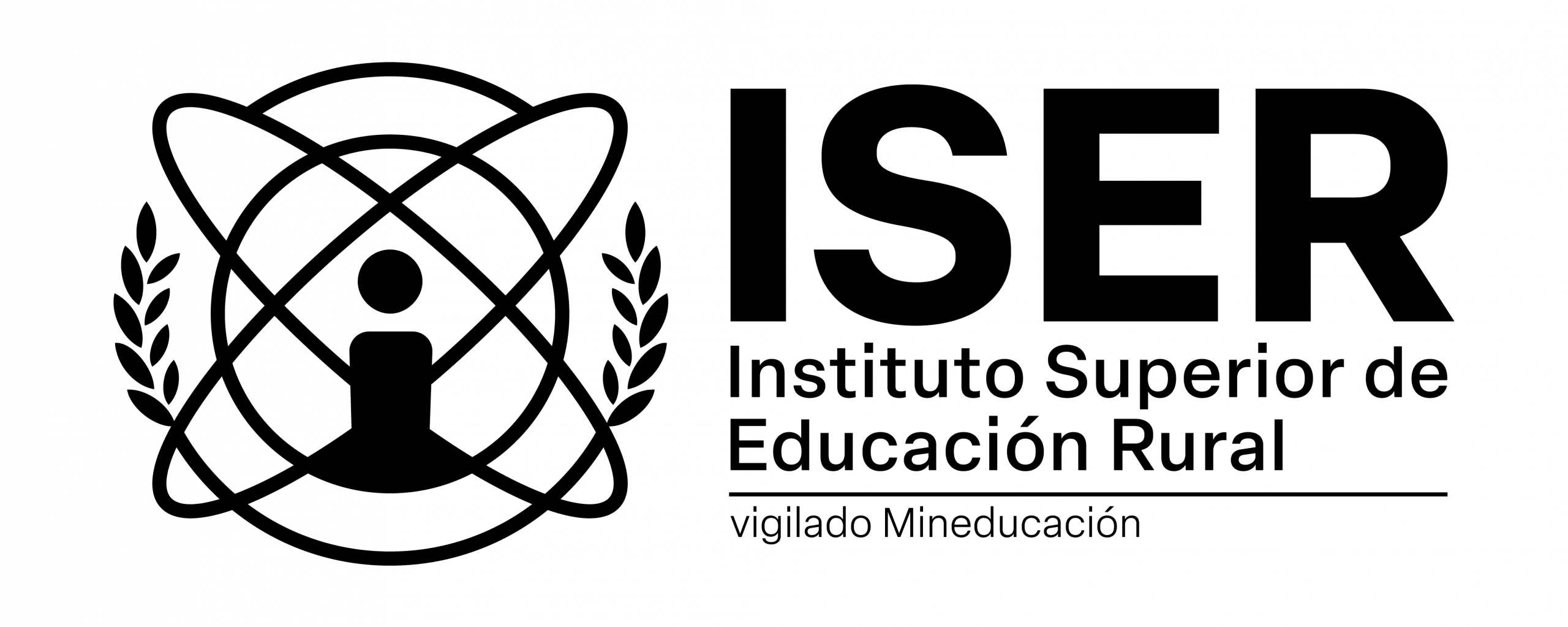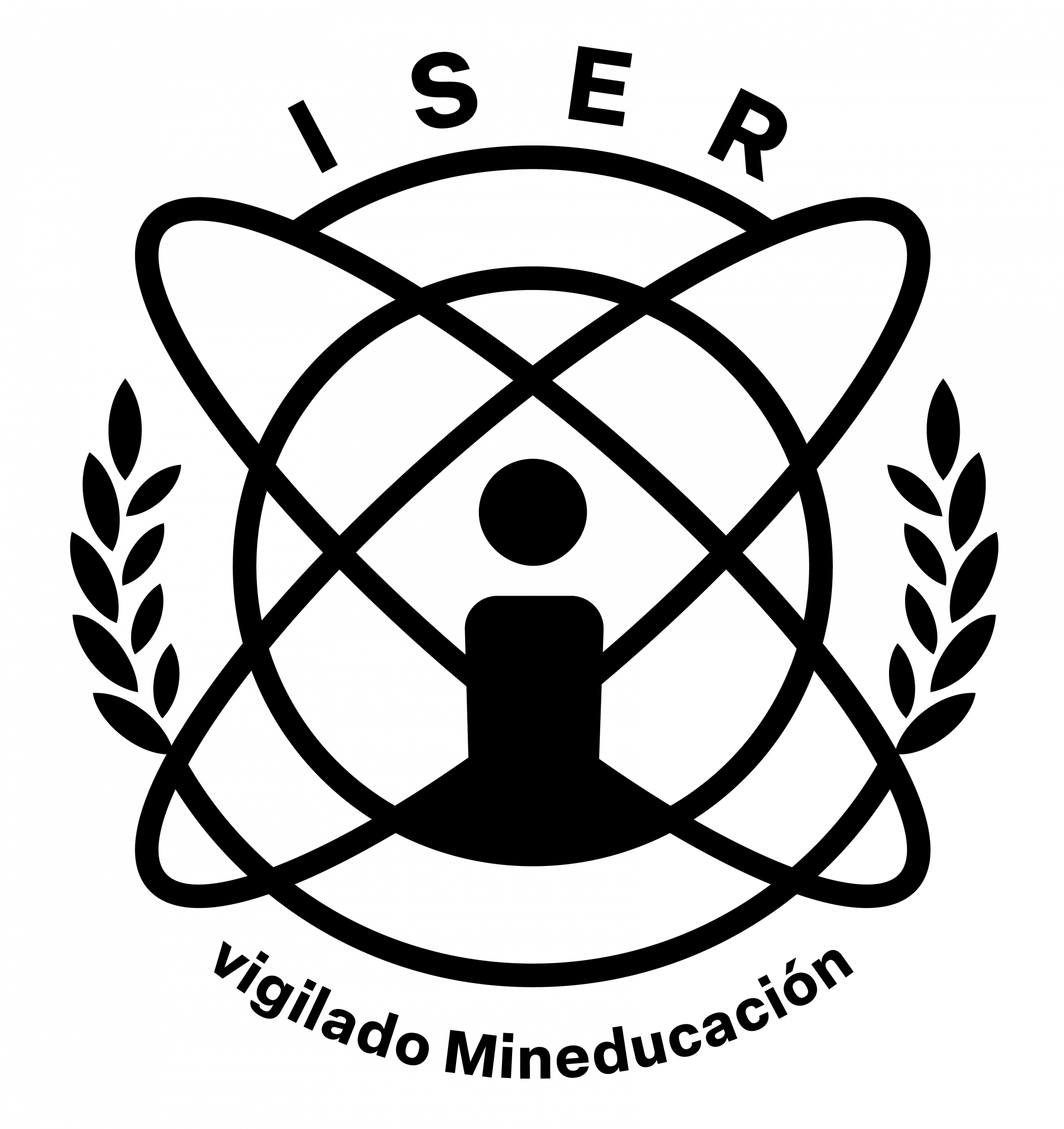Información Grados por Ceremonia Noviembre 2024
PROTOCOLO DE GRADOS POR CEREMONIA PAMPLONA Y CÚCUTA
El Instituto Superior de Educación Rural (ISER) se enorgullece de celebrar la ceremonia de graduación, un evento fundamental que simboliza el logro de las metas académicas y personales de cada graduando. Este acto no solo conmemora la culminación de un proceso educativo, sino que también representa el esfuerzo y la dedicación de estudiantes, docentes y familias. de formar profesionales comprometidos con el desarrollo rural y la transformación social.
Durante la ceremonia, se reconoce el trabajo y la perseverancia de los graduandos, quienes han superado retos y han adquirido conocimientos y habilidades esenciales para enfrentar el futuro. Son ustedes quienes, con el ejercicio de su vida profesional, enaltecerán nuestra misión y visión institucional. Fomentarán la pertenencia a esta su comunidad académica y profesional, que seguirá apoyándolos en su trayectoria. A través de su desarrollo profesional y personal, contribuirán a las dinámicas sociales y culturales del entorno, asegurando que cada uno de ustedes lleve consigo no solo un título, sino también una red de apoyo invaluable.
La ceremonia de graduación es el mayor acto de significación para el Instituto Superior de Educación Rural ISER, más aún para los graduandos, quienes son los protagonistas de esta, y también para sus familiares y allegados. Dicha ceremonia es un acto solemne, el cual merece admiración y respeto. Por ello, tanto graduandos como asistentes a la misma deben comportarse como lo exige esta clase de eventos. Por tal razón, los invitamos a cumplir con el siguiente protocolo que el ISER ha establecido para esos efectos:
FECHA Y LUGAR:
1 de noviembre del 2024.
ENTRADA: 2:00 p.m.
INICIO DE LA CEREMONIA: 2:30 p.m.
LUGAR: Colegio Sagrado Corazón de Jesús – Betlehemitas, CL 5 #3-64, Pamplona, Norte de Santander.
- PUNTUALIDAD
- Los graduandos, fotógrafos deberán llegar al recinto desde 2:00 p.m. a las 2:30 P.m.
- Los miembros de la mesa principal, docentes y funcionarios deben estar presentes a más tardar a las 2:15 p.m.
- La ceremonia comenzará puntualmente a las 2:30 p.m. Una vez iniciado el acto, no se permitirá el ingreso de más personas.
- Comportamiento
- Todos los asistentes deben mantener una actitud respetuosa y atenta durante toda la ceremonia.
- Los teléfonos móviles deben estar apagados o en modo silencio. Se solicita no comer ni masticar chicle durante el evento.
- Se debe evitar el movimiento dentro del recinto y permanecer en los asientos hasta el final de la ceremonia.
- Desarrollo de la Ceremonia
- Entrada de Graduandos: Los graduandos ingresarán de manera ordenada y se ubicarán en las sillas asignadas, según indicaciones del grupo de logística.
- Interpretación de los Himnos: Todos deben permanecer de pie, con postura erguida y sin aplaudir durante la interpretación.
- Palabras del Rector: El Rector ofrecerá un discurso en nombre de la institución.
- Toma de Juramento: Todos los graduandos se pondrán de pie y levantarán la mano derecha al momento de pronunciar el juramento.
- Entrega de Diplomas: El presentador llamará a los graduandos uno por uno para recibir su diploma, el cual debe ser tomado con la mano izquierda mientras se saluda con la derecha.
- Entrega de Distinciones: Las distinciones serán entregadas de forma similar a los diplomas.
- Invitaciones
- Cada graduando tiene derecho a dos acompañantes. Las tarjetas de invitación deben ser presentadas en la entrada del recinto para acceder a la ceremonia, se entregarán el día 24 y 25 de Octubre del 2024 en Horario de Oficina de 8:00 a.m. a12:00 p.m. y 2:00 p.m. a 6:00 p.m. en la Secretaria General .
- Recomendaciones Generales
- Los graduandos deben colaborar con las indicaciones del personal encargado y asegurarse de que toda su documentación esté correcta antes de la ceremonia.
- Los fotógrafos designados deben seguir el protocolo establecido y permanecer en sus lugares durante la entrega de diplomas.
- Manejo de Imprevistos
- En caso de imprevistos, se pide mantener la calma y actuar con tranquilidad para no interrumpir la ceremonia.
La colaboración de todos es fundamental para el éxito de este evento tan significativo.





